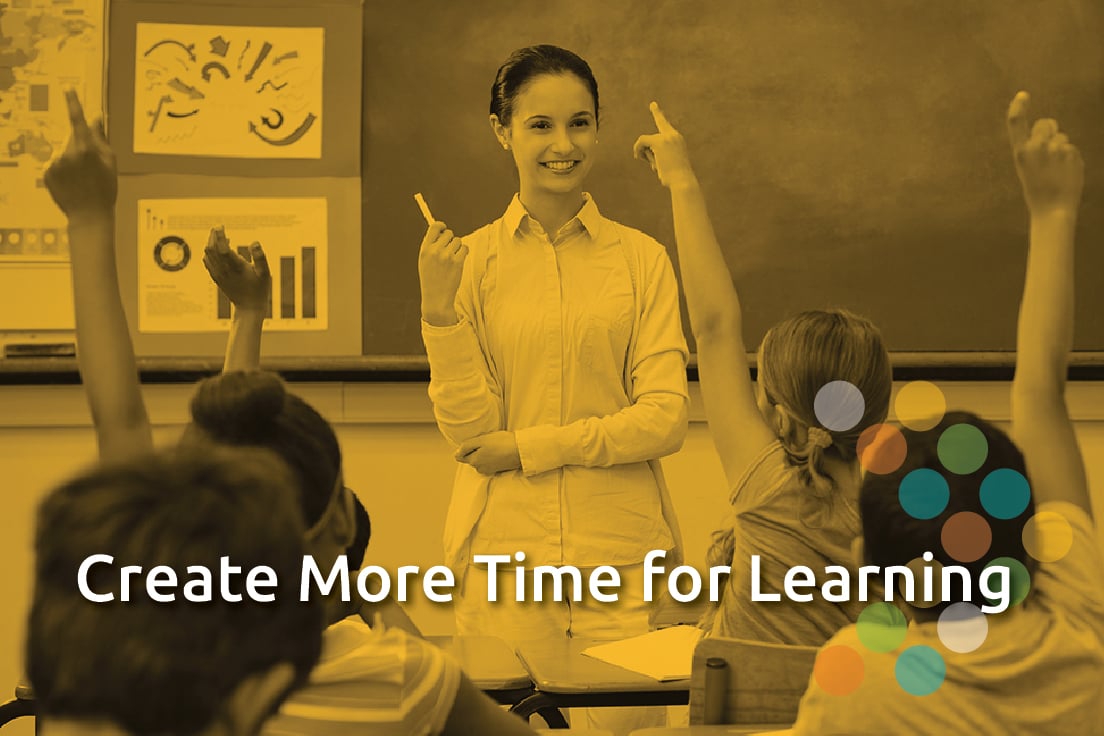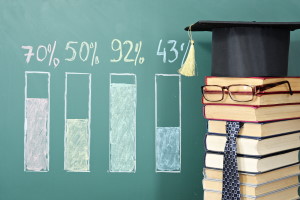By: Jessie Kember
Summer slide, or the summer achievement gap, is the loss of learning over the summer break while students are out of school. For example, students who do not read over the summer months can lose the skills they’ve practiced throughout the school year. The summer slide has also been called “summer learning loss,” “summer brain drain,” “summer learning leak,” “summer slump,” or “summer setback.” It is no surprise that students learn best when instruction is continuous and there are plenty of opportunities for practice. A 3-month summer break can interrupt instruction and leads to forgetting and decreased practice of skills that have been learned.
The summer slide is the result of a lot of different factors and can be recognized at very early grade levels. Some factors that might influence the summer slide are whether resources (i.e., age-appropriate books, summer enrichment programs, etc.) are available to students at home or in the community, whether students have the opportunity to visit a nearby library or bookstore, whether they are motivated to practice certain skills that they’ve learned over the past school year, or whether students are encouraged to read, practice math, or focus on other school-related skills over the summer by adult role models.
As an educator, what can you expect?
As an educator, it is important that you know what to expect after a traditional 3-month summer break. The summer slide has two results worth noting. The first is that student learning either declines or remains stagnant during the summer months for the large majority of students. The second result is that teachers and other educators must spend instructional time, sometimes several months-worth, during the fall to work towards students regaining skills that have been lost, or at best, maintained over the summer months. This involves re-teaching course material that students have previously learned.
What does the summer slide look like?
Nearly 100 years of research has estimated that after the summer slide, the average student loses a little more than one month’s worth of skill or knowledge in math and reading by the time school resumes in the fall. One of the first pieces of evidence of the effects of the summer slide will likely be students’ standardized test scores. Students typically score lower on standardized tests at the end of summer than they do on the same tests at the beginning of the summer.
Not only does summer learning loss accumulate across the 3-month vacation, it also accumulates across grade levels and usually affects some students more than others. For example, students from lower socioeconomic settings, are more likely to experience summer learning loss. It has been suggested that by fifth grade, low-income students can be up to 2.5-3 years behind their middle and high-income peers, due to the summer slide alone. This cumulative summer slide can ultimately influence long-term outcomes, such as high school attendance and completion, post-secondary education, and even work force preparedness.
Student Differences. The summer slide can look different, depending on the student’s background. As noted above, research has shown that the summer slide is especially prevalent among students from low-income backgrounds, as well as those students who may already be struggling with academic achievement (i.e., students with disabilities) during the school year. For example, it has been suggested that every summer, low-income youth lose up to two to three months in reading achievement while their middle and higher-income peers—who typically have access to books and are encouraged to read—make slight gains in reading achievement over the summer months, widening the already existing achievement gap. Not only does this put low-income students behind their higher-income peers in regard to reading achievement, it also slows their progress towards meeting grade-level proficiency standards.
While socioeconomic status (SES) has been shown to be associated with the summer slide, it is important to note that research has shown that the summer slide is not influenced by student race or ethnicity, or gender.
Skill Differences. Just as the summer slide can look different for each student, it can also look different depending on the skill area of interest. For example, some research has suggested that summer learning loss is most pronounced for math facts and spelling, compared to other skill areas, such as reading. It has been suggested that, on average, most youth lose about two months of math skills during the summer months, regardless of their socioeconomic background. Some believe that there is more room for summer learning loss with factual and procedural knowledge (i.e., knowing how to do something) because these types of knowledge require continuous and frequent practice. Without practice, these types of knowledge are very susceptible to forgetting. Another explanation for why math skills are especially susceptible to the summer slide is that the home environment may be less conducive to maintaining math skills but offers more opportunities and resources to practice reading. Also, families may be more aware and cognizant of the importance of practicing reading skills, and thus, are more engaged in practicing reading skills. Despite these differences, it is important to remember that there is evidence of the summer slide for both math and reading skills.
As an educator, what can you do?
While summer learning and enrichment programs and extended school year (ESY) opportunities have shown promising effects on ameliorating the effects of the summer slide, these types of programs are not always available to all students. Therefore, it is important to consider other courses of action. The following are recommendations for taking preventative action against the summer slide, as well as ways to counteract the effects of the summer slide.
- Maintain open and regular communication with families. Send letters home that provide tips and resources to families (i.e., a goal-setting template for the student, a summer reading list based on a student’s reading level and interests, recommendations for active learning experiences, a list of educational websites, etc.). Also, communicate the student’s strengths and areas for improvement to the student’s family. This communication can help inform families about skills that will be important to practice at home during the summer months.
- Provide ideas for incentives to students for practicing skills over the summer. For younger students, this might be a point system in which they can work towards earning a small, tangible prize (i.e., stickers, a coloring book, etc.). For older students, different incentives may be used, such as time with friends, time using technology, or a family trip. Encourage families to explore incentives that are specifically motivating for their child.
- Increase awareness about the summer slide. Inform families of the summer slide: What is it? What can they do to counteract its effects? How can they be supportive over the summer months? Emphasize the importance of a supportive family.
Awareness of the summer slide can help teachers understand what to expect at the beginning of the school year, while enabling them to take some preventative actions before the end of the following school year.
Jessie Kember is a doctoral student at the University of Minnesota–Twin Cities. She was a part of FastBridge Learning’s research team for four years and contributed to the development and refinement of various FAST™ reading assessments. Jessie is currently completing an internship in school psychology at a school district in Colorado.







